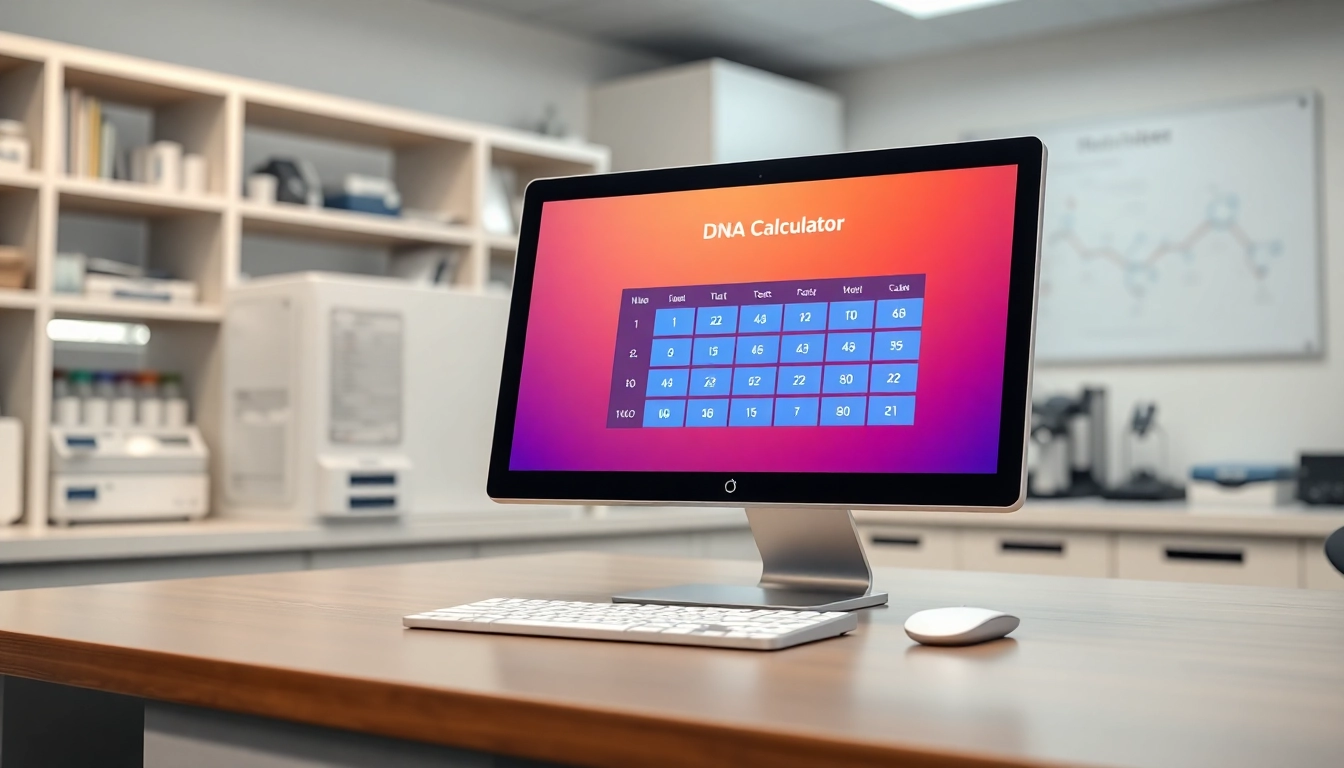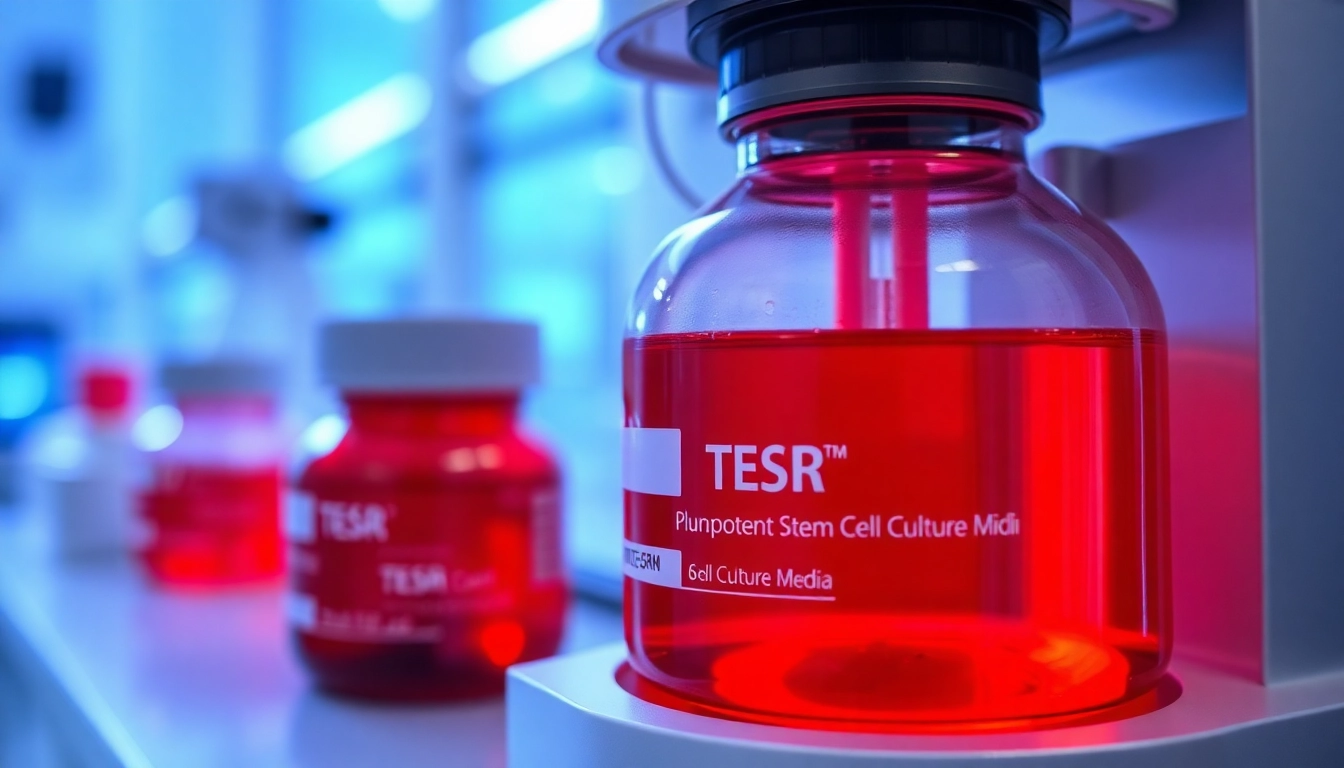Accurate DNA Molecular Weight Calculator for Research and Analysis
Understanding Molecular Weight of DNA
The molecular weight of DNA is a fundamental concept that significantly impacts various fields of biological research, genetics, and biotechnology. To navigate the complexities of DNA composition, researchers often rely on tools like the DNA Molecular Weight Calculator, which simplifies the process of determining molecular weights based on the nucleotide sequences provided. Understanding the importance of molecular weight in DNA can enhance experimental design, optimize protocols, and improve results in laboratory settings.
Definition and Importance of DNA Molecular Weight Calculator
The molecular weight of DNA refers to the total weight of a molecule composed of nucleotides, the building blocks of DNA. Each nucleotide includes a sugar, a phosphate group, and a nitrogenous base, which contribute to the overall molecular weight. The primary reason for calculating the molecular weight is to facilitate the preparation of solutions and reagents in molecular biology applications.
DNA molecular weight calculators are crucial because they allow researchers to convert base pair (bp) lengths into mass in grams per mole (g/mol). This conversion is necessary when preparing solutions for applications such as polymerase chain reaction (PCR), cloning, sequencing, and other molecular biology techniques. Precise measurements enable more successful outcomes in experiments, emphasizing the need for accuracy and reliability in calculations.
How DNA Composition Affects Molecular Weight
The composition of DNA plays a significant role in its molecular weight. DNA molecules vary in length and sequence, which directly influences their total molecular weight. Here are key factors that affect this molecular weight:
- Nucleotide Composition: DNA is composed of four nitrogenous bases (adenine, thymine, cytosine, and guanine), each contributing a different weight. The proportions of these bases in a given sequence impact the overall weight of DNA.
- Length of the DNA Strand: The longer the DNA strand, the heavier it will be. The average molecular weight per base pair is approximately 660 Daltons (g/mol). Thus, longer sequences inherently have higher molecular weights.
- Modifications and Structural Variants: Post-synthesis modifications (like methylation) and structural differences (such as single-stranded vs. double-stranded DNA) can also affect the molecular weight. However, for standard calculations, these factors are often neglected unless specifically required in specialized applications.
Applications of DNA Molecular Weight in Research
Understanding molecular weight is vital in various scientific applications:
- DNA Quantification: Knowing the molecular weight of DNA is essential for accurately quantifying the amount of DNA in a sample, which is crucial for downstream applications such as cloning or sequencing.
- Primer Design: In PCR, specific primers must be designed carefully, taking into account the molecular weight to ensure proper annealing temperatures and efficient amplification.
- Ligations and Transfections: In recombinant DNA technology, determining the proper insert-to-vector molar ratios relies on accurate molecular weights to achieve optimal results in ligation experiments.
How to Use a DNA Molecular Weight Calculator
Using a DNA molecular weight calculator can streamline the process of calculating the appropriate measurements for experimental protocols. Here are the key steps involved:
Inputting DNA Sequences Correctly
Correctly entering the DNA sequences into a calculator is fundamental for obtaining accurate results. Most calculators allow users to input sequences in various formats, including:
- Raw sequences: Enter the sequence directly as a string of letters (e.g., ATCG).
- FASTA format: For longer sequences, users can input them in FASTA format starting with a header line indicated by a “>” symbol.
Ensure there are no spaces or invalid characters in the sequence as these can lead to erroneous results.
Reading the Output Values
After inputting the DNA sequence, the calculator will typically provide several output values including:
- Molecular Weight: The primary output is the molecular weight in g/mol.
- Number of Nucleotides: Most calculators will indicate the total number of nucleotides in the input sequence.
- Estimated Concentration: Depending on the input parameters, some calculators might estimate the concentration based on molecular weight.
Understanding what these values indicate is crucial for correctly using the data in laboratory settings.
Common Calculation Scenarios
Here are some scenarios where a DNA molecular weight calculator is commonly used:
- Preparing Reagent Solutions: Accurately calculating the weight of DNA needed to achieve a specific molarity in solution.
- Designing Experiments: Determining the molecular weight of DNA fragments to calculate appropriate amounts for ligation or transformation.
- Quality Control: Ensuring that synthesized DNA possesses the expected molecular weight, indicating proper synthesis.
Comparing Different DNA Molecular Weight Calculators
With a variety of DNA molecular weight calculators available online, it’s vital to select the right one that meets your specific research needs. Here, we explore the essential features to consider when comparing calculators.
Features to Look For
When comparing DNA molecular weight calculators, consider the following features:
- User Interface: A user-friendly interface that simplifies inputting DNA sequences can save time and reduce errors.
- Supported Formats: The ability to input sequences in various formats, such as plain text or FASTA, can increase flexibility.
- Additional Calculations: Some calculators provide extra features such as converting concentration to weight or volume, which can be beneficial for comprehensive experimental setups.
Pros and Cons of Popular Tools
Different tools have their strengths and shortcomings. Here’s a brief overview:
- Pros:
- Most online calculators provide instant results without requiring software installation.
- Many tools are free to use, making them accessible for researchers on a budget.
- Some calculators integrate additional functionalities such as nucleotide counting and concentration estimations.
- Cons:
- Online tools may face limitations in terms of the maximum sequence length that can be processed.
- Reliability and accuracy can differ significantly between calculators, emphasizing the need for validation.
- Some calculators may not keep pace with rapidly evolving scientific standards and methodologies.
Choosing the Right Calculator for Your Needs
Selecting the appropriate DNA molecular weight calculator involves considering factors such as:
- Experiment Type: Different experiments may have unique requirements that necessitate specific functionalities.
- Frequency of Use: Frequent users may prefer calculators with an advanced suite of features.
- Mobile Compatibility: Ensure the calculator is accessible on mobile devices if research is conducted on-the-go.
By weighing your choices thoughtfully, you can choose a calculator that suits your specific needs in your research or laboratory work.
Advanced Calculations in DNA Molecular Weights
Once you are familiar with basic calculations, advanced computational techniques can yield more in-depth insights. This section outlines additional scenarios and more complex calculations related to DNA molecular weights.
Calculating Molecular Weight for Mixed Sequences
When dealing with mixed sequences, the calculation becomes slightly more complicated but is manageable through the right approach. To calculate the molecular weight of mixed DNA sequences:
- Break Down the Sequence: Separate the mixed sequence into individual segments. Each component can be calculated for its molecular weight.
- Calculate Each Segment: Use the calculator separately for each segment of the sequence to determine the molecular weight of nucleotides.
- Sum Total Weights: Add together the molecular weights of all individual segments to obtain a total molecular weight.
This method allows researchers to analyze complex mixtures of sequences effectively.
Understanding Molar Concentration and its Relevance
Molar concentration is a crucial aspect of using DNA in biological experiments. It is defined as the number of moles of a substance per liter of solution. Understanding the relationship between molecular weight and molar concentration is vital for practical applications:
- Conversion: Converting molecular weight into molar concentration allows accurate preparation of solutions for experiments.
- Ensuring Reactivity: Proper molarity ensures that DNA molecules are present in adequate concentrations to interact effectively during molecular processes like PCR or cloning.
- Impact on Results: Variations in molar concentrations can lead to different results, particularly in quantitative methods.
Experimental Examples and Case Studies
To illustrate the practical applications of DNA molecular weight calculators, here are a few experimental scenarios:
- Amplifying a Gene: A researcher needs to amplify a specific gene sequence to use for cloning. Using the DNA molecular weight calculator helps determine the proper amount of DNA template required to achieve optimal PCR results.
- Transfecting DNA: When transfecting plasmid DNA into cells, understanding the molecular weight facilitates the calculation of the needed mass to achieve desired concentrations for successful expression of the genetic material.
- Ligation Reactions: When performing ligation, obtaining the correct molar ratios of insert to vector is essential. The molecular weight calculator aids in adjusting the quantities of DNA being used.
Best Practices and Tips for Accurate Calculations
To maximize the effectiveness of molecular weight calculations, following best practices is essential. This section outlines some of the common pitfalls and offers practical solutions to enhance calculation accuracy.
Avoiding Common Mistakes
Mistakes during input can significantly impact results. Here are some common issues and how to avoid them:
- Incorrect Formatting: Ensure sequences are entered without spaces or additional characters that can hinder calculations.
- Sequence Length Misunderstanding: Always verify the length of the sequence thoroughly, especially for long sequences.
- Overlooking Modifications: Any post-transcriptional modifications should be accounted for if applicable to your calculations.
Maintaining Data Integrity
Guaranteeing the integrity of data ensures precise outcomes:
- Use Reliable Tools: Always utilize verified calculators known for their accuracy and reliability.
- Keep Detailed Records: Document inputs and output values for transparency and replication of results in future experiments.
Utilizing External Resources for Verification
Cross-verifying the results with multiple calculators can help confirm accuracy. External resources may include:
- Research Databases: Comprehensive databases often contain standard molecular weights for commonly used sequences.
- Consultations: Engaging with peers for a second opinion or a cross-check can help highlight any errors.














Post Comment